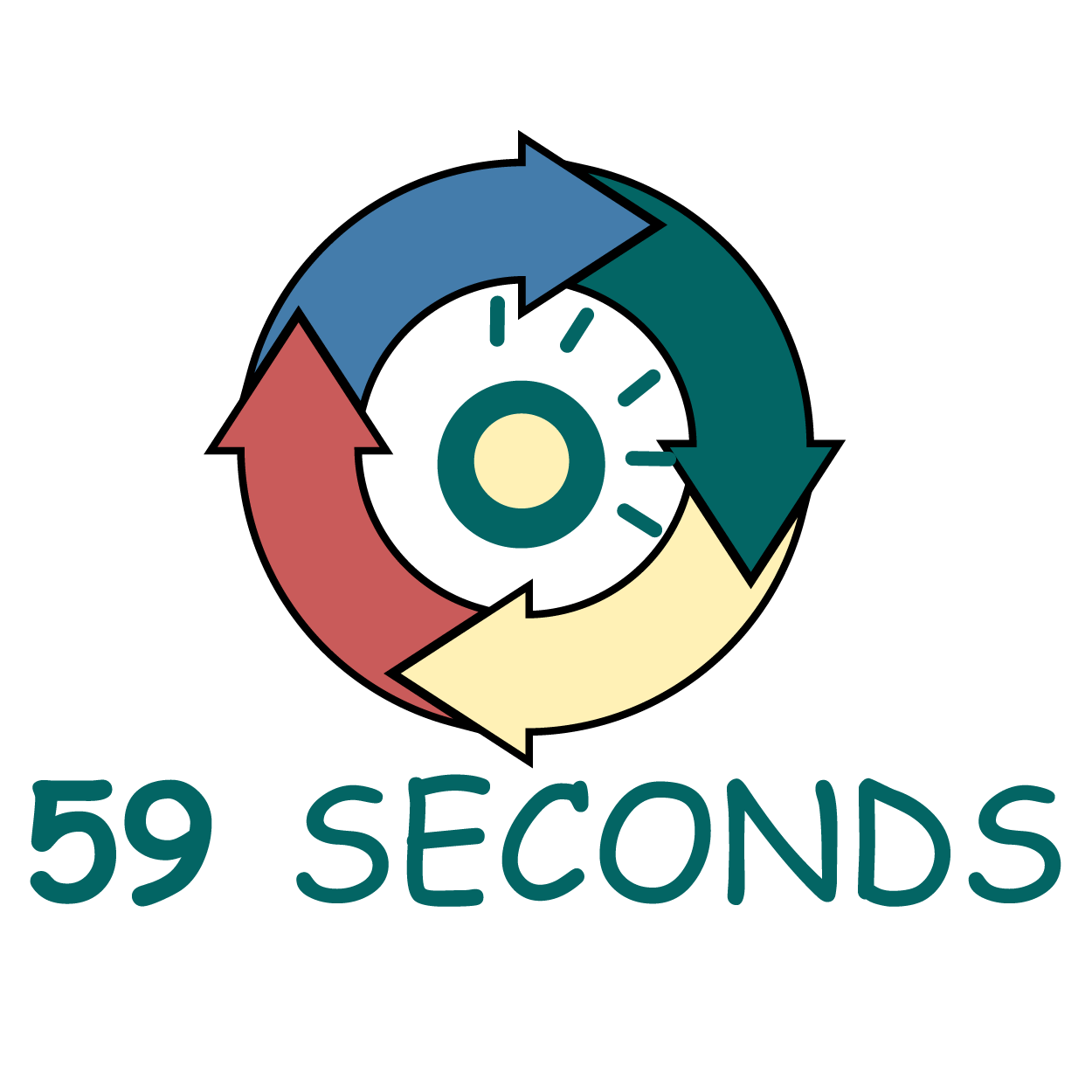A Fluid and Agile Plan
The acceptance by both the team and stakeholders that the planning for a Scrum project is short-range and subject to change as the project progresses, makes a Scrum resilient. Any indications that the project is slipping off the rails can be picked up very quickly and as early as possible. There are only a few reporting artefacts used in Scrum, but they lend transparency to the project. The Scrum Board and Burndown Charts are available to all to view; keeping stakeholders and other Scrum teams (in the case of a multiple team project) apprised of where the project is at any time, as well as where it is going. The release management of Scrum provides the stakeholders with the required deliverables at the right stage of product development and ensures good integration and communication between the team and their customers.
The Purpose of Planning
Planning is an essential part of being human. We plan for something that we either want or expect to happen in the future. There are many forms of plans; budgeting is a plan where we estimate how much money we are going to need over the next 12 months or longer; purchasing insurance is planning to minimise the costs of an event happening to our car or home. For complex situations, such as developing a product, there are so many variables that go into getting to a finished product that one needs a project plan showing who or what is needed when and how much it will cost. A project manager does not wake up in the morning and ask HR to find him a data scientist within 48 hours; they knew long ago when they needed the people and should have built a recruiting/hiring activity into their plans.
Planning is as much an art as a science. We have a set of goals and objectives we want to achieve by a certain time, and we know our current situation. Our plan will factor in everything that is needed to reach those goals, taking into account dependencies, lead times and costs along the way. The experienced planner will build in some “fat”, such as extra time, rather than being overoptimistic and not catering for glitches and roadblocks. We all want to be able to manage that uncertain thing, the future. Scenario planning is a mechanism used to predict several possible outcomes, and what we should do in each case, where the worst case, best case, a middle, and most likely situation are forecast.
Recommended Further Reading
The following materials may assist you in order to get the most out of this course:
